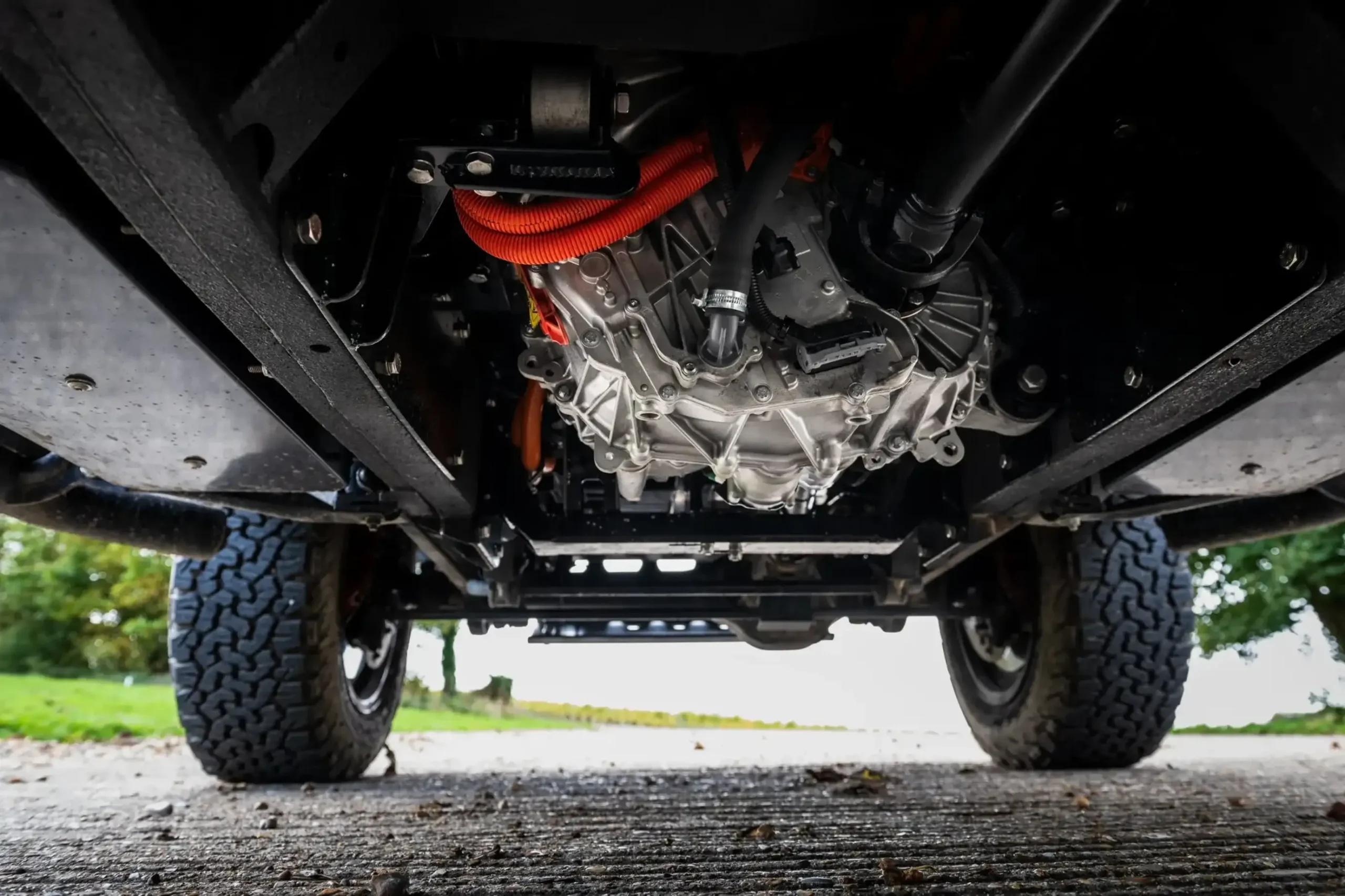The soul of a classic car isn’t found in its fuel tank. It’s in the curve of a fender, the glint of chrome on a bright day, the way it turns heads on a sleepy main street. For decades, enjoying that soul meant accepting the quirks—the temperamental carburetors, the vague steering, the… well, let’s be honest, the lack of safety.
But what if you could have it all? The timeless beauty of a bygone era with the silent, instantaneous thrust of the future? That’s the promise—and the rising reality—of classic car modernization and electric conversions. It’s not about erasing history. It’s about writing a new, thrilling chapter.
Why Go Electric? Beyond the Obvious
Sure, everyone talks about emissions. And that’s a huge, valid point. Converting your classic to an EV (Electric Vehicle) makes it a zero-emissions machine, a fact that feels pretty good. But the benefits run so much deeper for the average enthusiast.
Reliability Meets Passion
Imagine a Sunday drive without the underlying anxiety of a fifty-year-old ignition system deciding to take the day off. Electric conversions swap out hundreds of moving, wear-prone parts for a handful of supremely reliable components. No more oil leaks, timing belts, or fouled plugs. Just turn the key and go. It transforms the car from a sometimes-finicky museum piece into a trusted companion for any adventure.
Performance You Didn’t Know Was There
Here’s the secret most conversion shops won’t shout too loudly: these old girls can move. Electric motors deliver 100% of their torque instantly. That means a converted classic, even a modest one, can have breathtaking acceleration. The sensation of a silent, tire-shredding push from a car that originally struggled to merge onto a highway is, frankly, surreal. It’s a sleeper effect in the purest form.
The Heart of the Conversion: What Actually Changes?
So what gets ripped out and what stays? The process is more surgical than you might think.
- The Donor Car: The body, chassis, interior, and glass almost always remain. This is crucial for preserving the car’s identity and value.
- What’s Removed: The internal combustion engine, fuel tank, exhaust system, radiator, and often the original transmission and driveline are carefully taken out.
- What’s Installed: This is where the magic happens. A new electric motor is mounted, typically connected to the existing transmission or a new single-speed gearbox. A large battery pack is strategically placed, often in the engine bay and where the fuel tank was, to maintain weight distribution. You also get a new charger, inverter, and a modern controller to manage it all.
Navigating the Conversion Landscape: DIY vs. Pro
This is the big decision. The rise of companies offering crate electric conversion kits has made the dream more accessible. But be warned.
The DIY Route
For the seriously skilled hobbyist with a well-equipped garage and a deep understanding of high-voltage electrical systems, this is possible. It’s a monumental project, a true test of patience and skill. The upside? Potentially lower cost and immense personal satisfaction. The downside? You know, the potential for catastrophic error. It’s not for the faint of heart.
Professional Conversion Shops
This is the recommended path for most. Specialist shops have the experience, tools, and engineering know-how to do the job safely and correctly. They handle everything from sourcing parts to ensuring the weight balance is perfect. It’s a significant investment, often ranging from $40,000 to $100,000+ on top of the donor car, but you’re paying for expertise, warranty, and peace of mind.
Here’s a quick breakdown of the pros and cons of each approach:
| DIY Conversion | Professional Conversion | |
| Cost | Lower upfront cost | Significantly higher cost |
| Time | Can take many months or years | Typically 3-12 months |
| Skill Level | Extremely High (EV + Fabrication) | Handled for you |
| Safety & Reliability | Your responsibility | Professionally guaranteed |
| Resale Value | Can be uncertain | Often documented and higher |
Modernization Beyond the Powertrain
While the electric motor is the star, the supporting cast of upgrades truly completes the transformation. Many owners choose to integrate modern features that make the car a joy to drive daily.
- Updated Suspension and Brakes: Modern coil-over shocks, upgraded sway bars, and—critically—high-performance brakes are almost mandatory to handle the new instant torque and improve safety.
- Creature Comforts: Think discreetly installed modern air conditioning, power steering, and even infotainment systems with Apple CarPlay that are hidden within a restored original radio faceplate.
- Enhanced Lighting: LED headlight and taillight conversions that look vintage but provide illumination you can actually see by.
The Emotional Counterargument: Is It Still a Classic?
Let’s address the elephant in the room. Purists argue that removing the original engine destroys the car’s soul. And you know, they have a point—for them. The smell of gasoline, the rumble of a V8, the mechanical symphony… it’s an irreplaceable experience.
But the beauty of this hobby is choice. Electric conversion isn’t about replacing every classic car; it’s about saving others. It’s for the cars that would otherwise rust away in a barn because their original engines are impossibly rare or expensive to maintain. It’s about making these rolling sculptures functional, usable, and relevant for another 50 years. In many cases, the conversion is reversible—the original parts are preserved and can, in theory, be put back.
The goal isn’t to erase the past. It’s to preserve the artistry of the past by giving it a sustainable future. It’s a new kind of love letter to automotive history, one written not in exhaust fumes, but in quiet, clean, exhilarating power.


